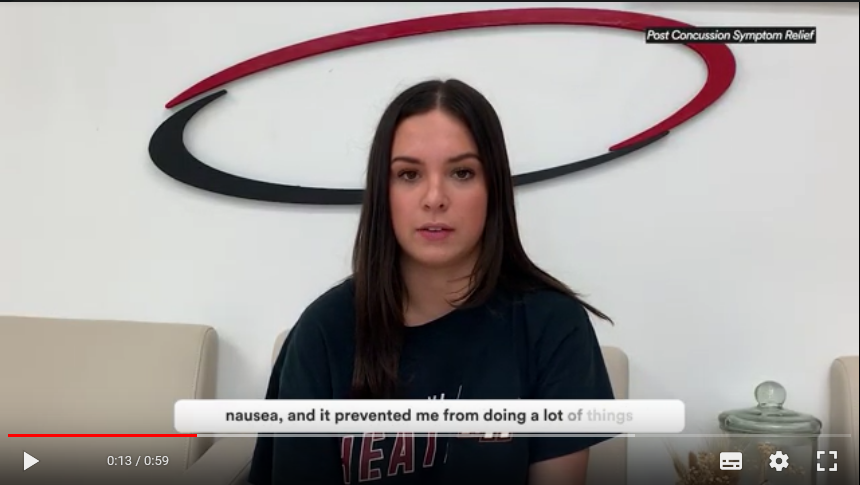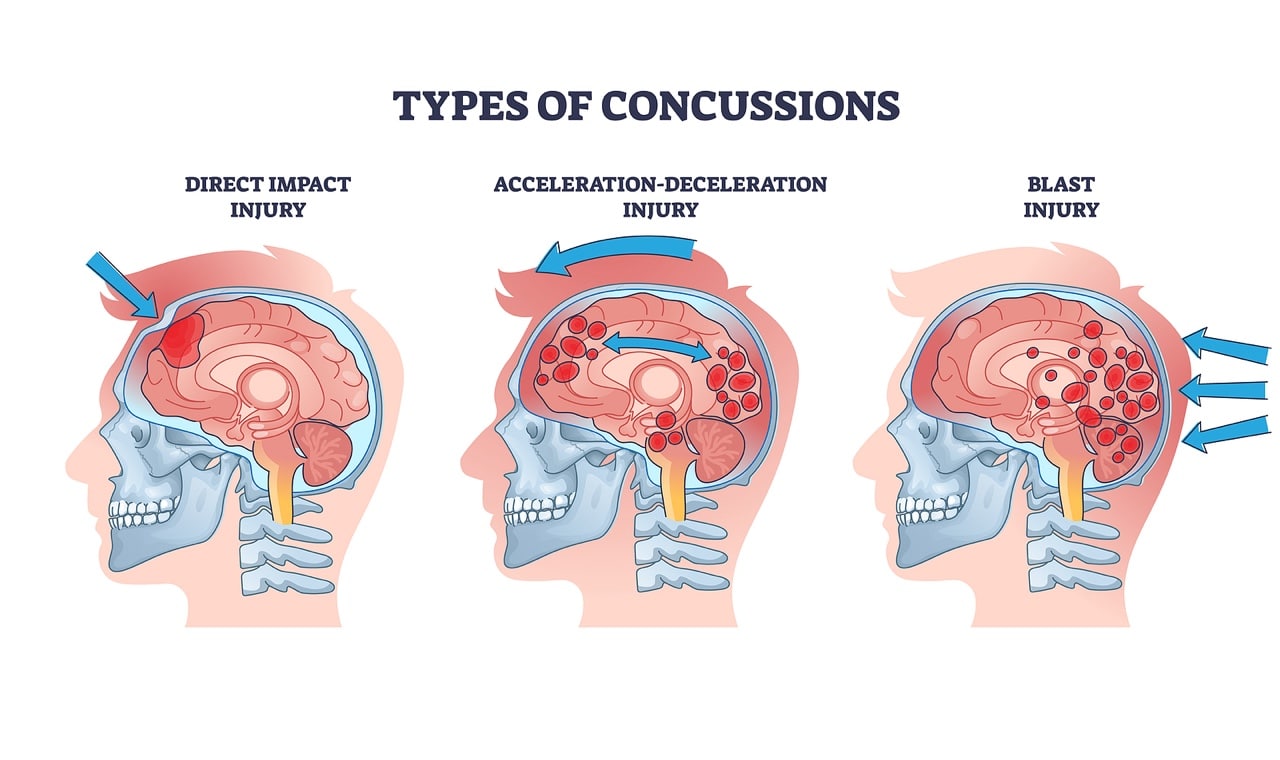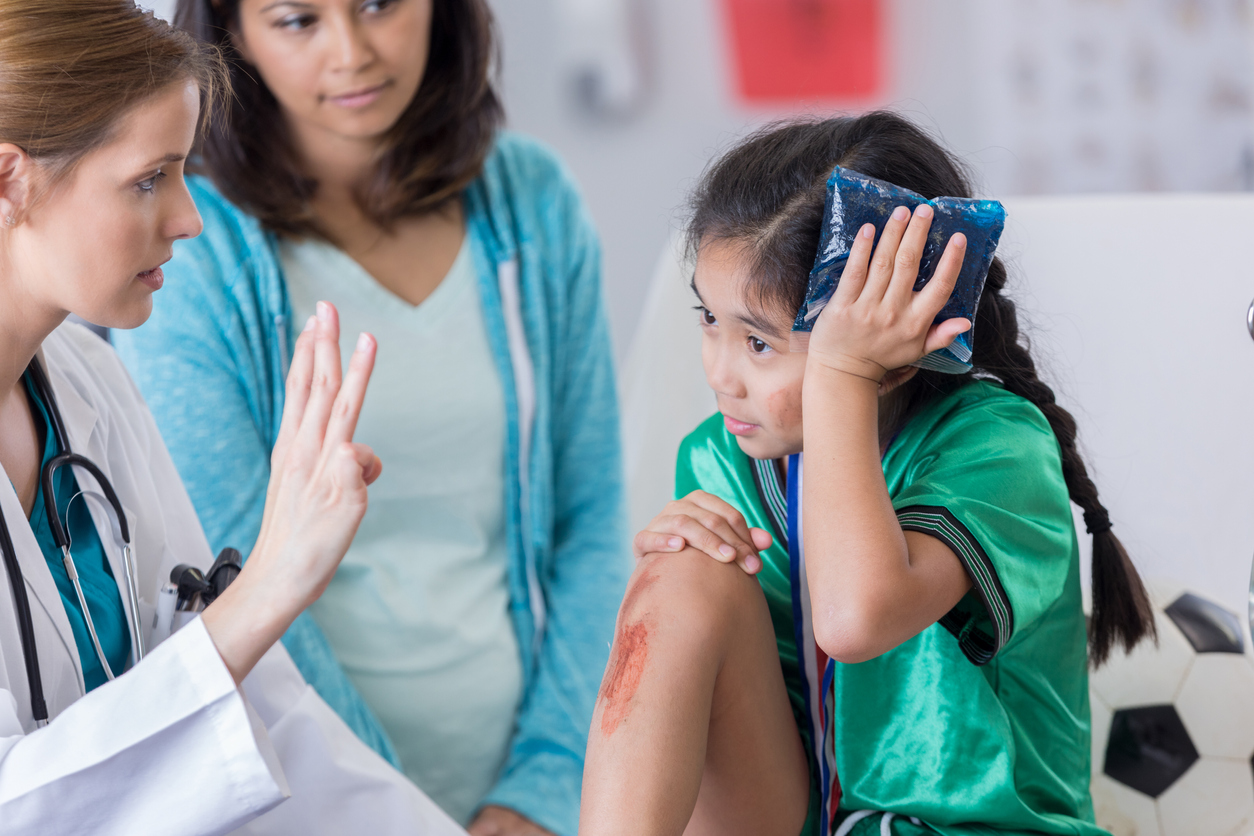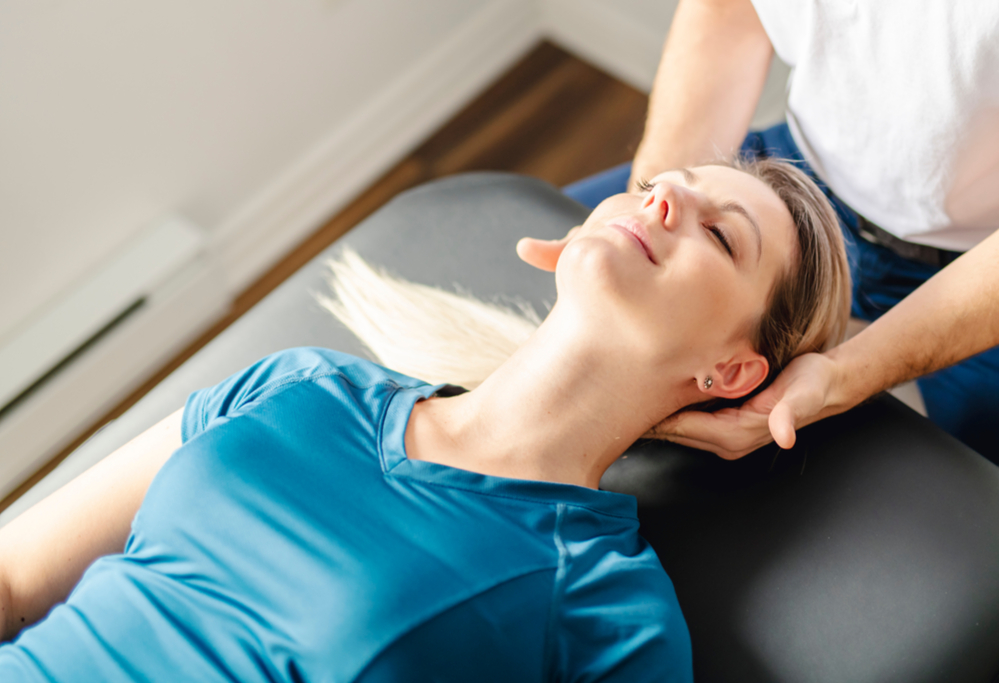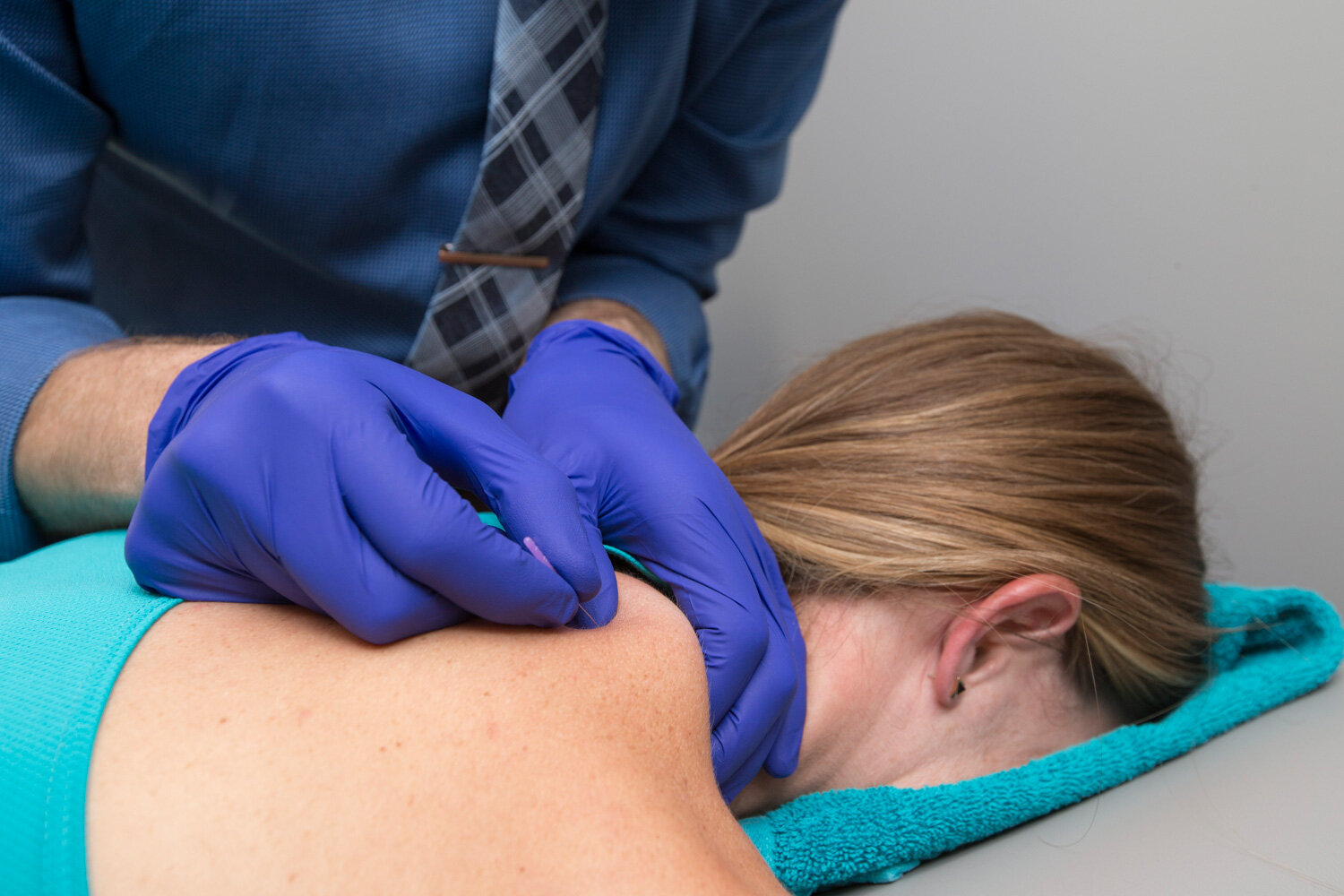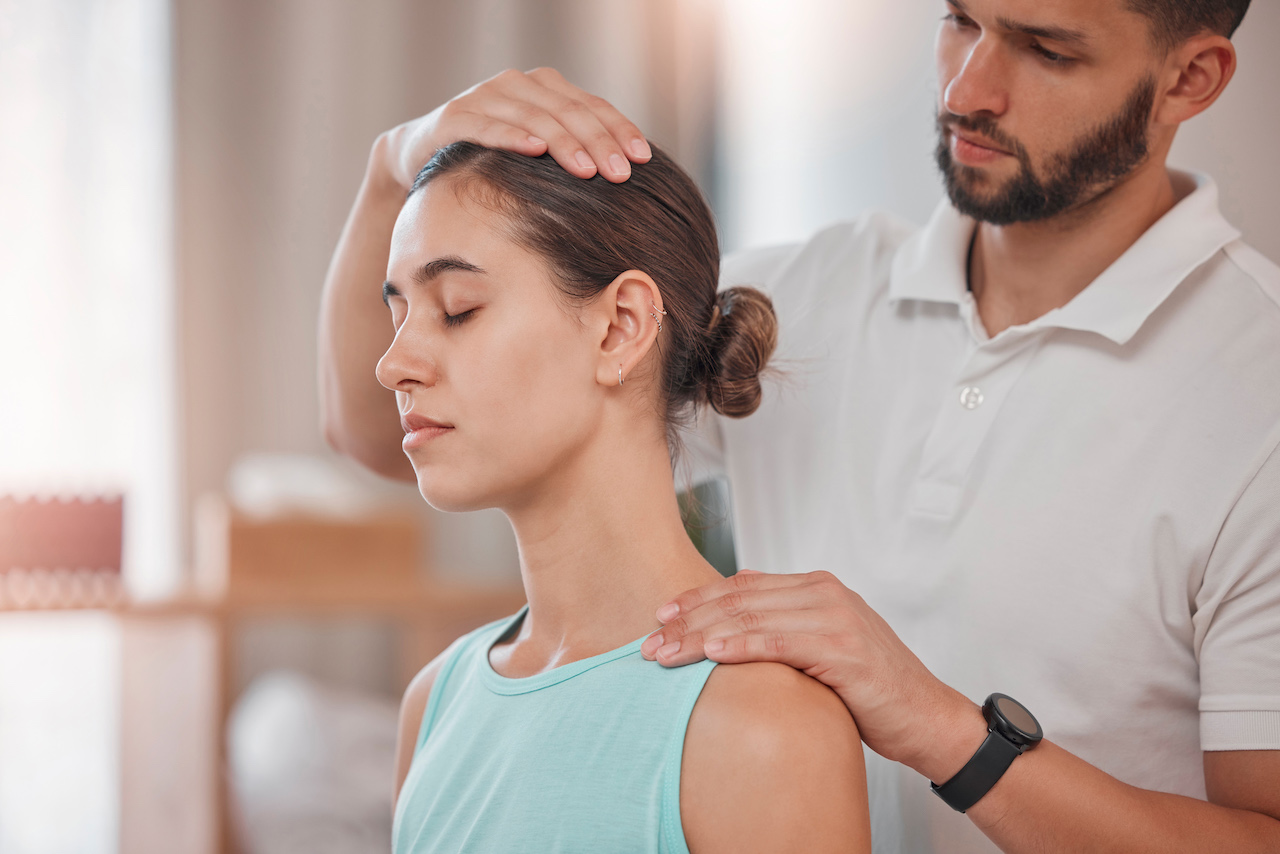Get Relief from Post-Concussion Symptoms with Certified Specialists
Be part of the many athletes and individuals who are benefiting from 15+ years of concussion treatment experience.
Effective, Research-Based Treatments for Persisting Post-Concussive Symptoms
100% success rate at decreasing symptoms associated with concussion using a patient-centered approach to your treatment.
Symptom-Specific
We do an extensive evaluation of your symptoms for specific diagnoses and tailored programs to improve recovery times
Decreased Fatigue
Specific exercises to improve blood flow to the brain and increase energy levels. 2
Improved Gaze Stability
Specific tailored exercises to improve eye tracking and coordination. 4
Return to Sport
Feel confident getting back in the game with objective and trackable tests and measures
Improve Dizziness
Vestibular rehabilitation programs to decrease symptoms of vertigo, dizziness, or unsteadiness. 3
Pain Reduction
Manual therapy and dry needling will reduce headaches and decrease neck pain. 1
Restore your Brain's Chemical Balance with Our Experts
As certified concussion specialists, we utilize the most advanced technology for rehabilitation including concussion-specific mental and physical tasks and exercises within each comprehensive treatment program. With physical therapy treatments consisting of manual therapy and heart rate-monitored symptom-based exertional tasks, we can support the most efficient mechanisms for bringing blood flow to the brain and restoring the chemical balance to aid in the healing process.
Click Below to Read the Research on Treatment for Concussion
Physical Therapy Evaluation and Treatment After Concussion/Mild Traumatic Brain Injury
Active Rehabilitation of Concussion and Post-concussion Syndrome
Examining Recovery Trajectories After Sport-Related Concussion With a Multimodal Clinical Assessment Approach
Vestibular Rehabilitation for Vestibular-type Post Concussive Trajectory
According to the Clinical Practice Guideline, physical therapists with appropriate expertise in vestibular and oculomotor rehabilitation should implement an individualized vestibular and oculomotor rehabilitation plan for patients who have experienced a concussive event and exhibit vestibular and/or oculomotor dysfunction. If visual vertigo/visual motion sensitivity (dizziness provoked by repetitive or moving visual environments) is identified, an individualized visual-motion habituation program may also be beneficial. Patients with neck pain or other cervical impairments may exhibit worsening of cervical impairments due to repetitive head movement as part of vestibular rehabilitation. Therefore, the implications of head-rotation interventions on the possible concomitant cervical impairments should also be considered and addressed.
Strong evidence exists that individuals with benign paroxysmal positional vertigo and vestibular ocular dysfunction that are treated with repositioning maneuvers and ocular-motor habituation exercises, respectively, experience meaningful symptom resolution within 1-2 physical therapy treatments.14
abc
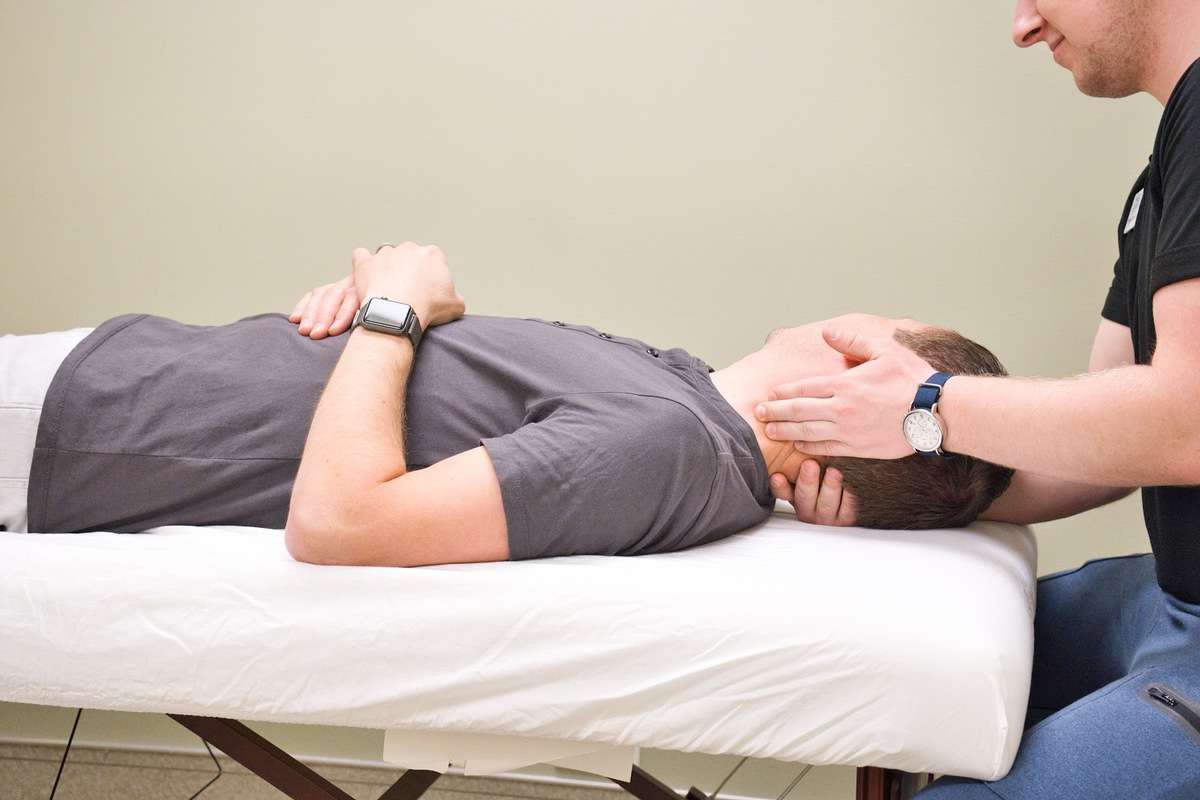
Works Cited
- Cote P, Yu H, Shearer HM, Randhawa K, Wong JJ, Mior S, et al. Non-pharmacological management of persistent headaches associated with neck pain: A clinical practice guideline from the Ontario protocol for traffic injury management (OPTIMa) collaboration. Eur J Pain. 2019.
- Physical Therapy Evaluation and Treatment After Concussion/Mild Traumatic Brain Injury, Clinical Practice Guideline, Journal of Orthopaedic & Sports Physical Therapy Published Online:April 2, 2020Volume50Issue4PagesCPG1-CPG73 https://www.jospt.org/doi/10.2519/jospt.2020.0301
- Gianoli GJ. Post-concussive Dizziness: A Review and Clinical Approach to the Patient. Front Neurol. 2021;12:718318.
- Ellis MJ, Leddy JJ, Willer B. Physiological, vestibulo-ocular and cervicogenic post-concussion disorders: an evidence-based classification system with directions for treatment. Brain Inj. 2015;29(2):238-48.
- Lumba-Brown A, Teramoto M, Bloom OJ, Brody D, Chesnutt J, Clugston JR, et al. Concussion Guidelines Step 2: Evidence for Subtype Classification. Neurosurgery. 2020;86(1):2-13.
- Cheever K, Kawata K, Tierney R, Galgon A. Cervical Injury Assessments for Concussion Evaluation: A Review. J Athl Train. 2016;51(12):1037-44.
- Shaw NA. The neurophysiology of concussion. Prog Neurobiol. 2002;67(4):281-344.
- Stemper BD, Pintar FA. Biomechanics of concussion. Prog Neurol Surg. 2014;28:14-27.
- Gil C, Decq P. How similar are whiplash and mild traumatic brain injury? A systematic review. Neurochirurgie. 2021;67(3):238-43.
- Dwyer B, Katz DI. Postconcussion syndrome. Handb Clin Neurol. 2018;158:163-78.
- Babula G, Warunek E, Cure K, Nikolski G, Fritz H, Barker S. Vestibular Rehabilitation as an Early Intervention in Athletes Who are Post-concussion: A Systematic Review. IJSPT. 2023;18(3):577-586. doi:10.26603/001c.75369
- Bronfort G, Haas M, Evans R, Leininger B, Triano J. Effectiveness of manual therapies: the UK evidence report. Chiropr Osteopat. 2010;18:3.
- Dunning J, Butts R, Zacharko N, Fandry K, Young I, Wheeler K, et al. Spinal manipulation and perineural electrical dry needling in patients with cervicogenic headache: a multicenter randomized clinical trial. Spine J. 2021;21(2):284-95.
- Bowman TG, Thibault R, Radack BM, Davis A, Elam P. Clinical outcomes for various benign paroxysmal positional vertigo (BPPV) diagnoses in adolescents and young adults with recent concussions. Phys Ther Sport. 2023;65:90-4.
- Hall CD, Herdman SJ, Whitney SL, Cass SP, Clendaniel RA, Fife TD, Furman JM, Getchius TS, Goebel JA, Shepard NT, Woodhouse SN. Vestibular Rehabilitation for Peripheral Vestibular Hypofunction: An Evidence-Based Clinical Practice Guideline: FROM THE AMERICAN PHYSICAL THERAPY ASSOCIATION NEUROLOGY SECTION. J Neurol Phys Ther. 2016 Apr;40(2):124-55. doi: 10.1097/NPT.0000000000000120. PMID: 26913496; PMCID: PMC4795094.
- Master CL, Scheiman M, Gallaway M, et al. Vision Diagnoses Are Common after Concussion in Adolescents. Clin Pediatr (Phila) 2016;55:260–7
About
Symmetry Physical Therapy is a privately owned one-on-one, patient-centered physical therapy clinic in Downtown Miami/Brickell. Every treatment is with the same Doctor of Physical Therapy for the entire hour. Symmetry’s specialized, dedicated, and passionate team of physical therapists is fully committed to each patient’s success.
10+ Years as a Therapist Owned Physical Therapy Practice

